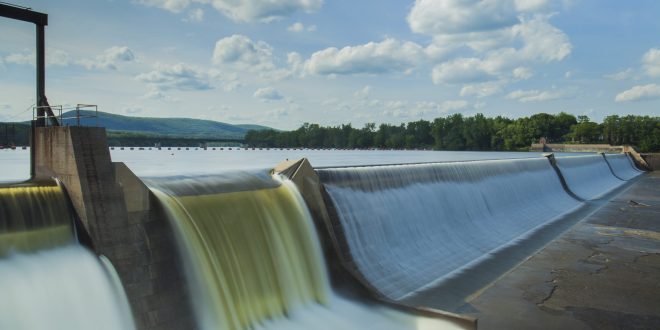One of the most difficult challenges in the environmental field is determining which source of energy will be the most beneficial. Unfortunately, even some of the safer options, like hydropower, still have adverse effects.
Of all the available energy sources, experts want to find ones they can classify as renewable, clean and sustainable. While each of those terms means separate things, it’s essential to find sources that exemplify them all.
Hydropower has been the center of many of these debates. Do its pros outweigh its cons? Are there solutions to make it more environmentally friendly? Many say yes. However, researchers know they need to find answers soon, which means examining the advantages and disadvantages of hydroelectricity.
The Cons of Hydropower
Finding clean energy sources helps reduce the environmental impact of unsustainable ones and eliminate climate change effects. Some alternatives, however, may bring additional issues along with them.
Habitat Destruction
Since hydropower involves using dams, habitat disruption is a cause for concern for many. Tiny ecosystems exist in every body of water imaginable. Dams can destroy these systems, potentially harming the species that live there.
Dams also block fish migration. When fish travel, they’re unable to get past these structures, which disrupts a natural and critical migration process for them.
Methane
Though many consider hydropower to be a renewable source, it’s not entirely green. Greenhouse gas is a major cause of global warming, and hydropower structures emit large amounts of methane during electricity production.
Global warming potential (GWP) allows researchers to compare methane with carbon dioxide. Though carbon dioxide stays in the atmosphere longer, methane has a more significant effect on global warming. Methane is 86 to 105 times more detrimental to the atmosphere than CO2 over two decades, which is the last thing the Earth needs more of.
Water Pollution
Mechanical structures that release gases like methane can pollute the water as well. In the past, scientists have found waste and sediment contaminating rivers where hydropower was in use. Scientists also found high traces of polychlorinated biphenyls (PCBs) in fish tissue. If hydro energy is genuinely sustainable, it must adhere to sustainable criteria and preserve the life around it.
Solutions for Better Hydroelectricity
Coal and oil are less sustainable than hydropower. However, cleaner options than all three of these exist. This factor is what leads some experts to want to move away from hydroelectricity altogether. Wind, solar, tidal and geothermal power have more positive impacts on the environment, plus they’re more cost-effective.
Though several critical issues come with hydropower, supporters believe there are solutions. They uphold the notion that hydro energy, with improvements, can become cleaner and greener:
- Fish-friendly: Since fish need to migrate, some scientists plan to build more favorable damns for them to cross. This strategy would include creating paths through the dams as well as making the turbines safe and easy to pass through. Another option would be to lower the heights for better crossing. Other experts propose temporarily halting energy production so fish migrations can travel.
- Riding the wave: Working with the water flow is one thing — ensuring the dams and machinery don’t disrupt it is another. Some believe changes are necessary to enable dam developers to work with the currents. If these modifications aren’t enough, tidal is the next step up. Tidal operates by using the ocean’s waves to generate energy.
- Reducing methane: Though tidal and hydropower share similarities, hydropower requires more extensive measures of greenhouse gas reduction to be sustainable. This process would entail changing the materials and development method. It would take time and money, but it is a necessity if hydropower is to remain a resource.
The Future of Hydropower
Hydropower has undoubted potential, but if it doesn’t receive improvements to meet the clean energy demand, it may become the focus of more scrutiny. Will it fall behind wind, solar, tidal and geothermal? Or will it improve enough to become the next primary source of renewable power?



